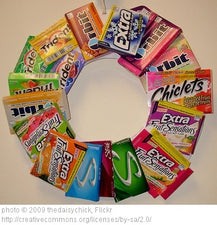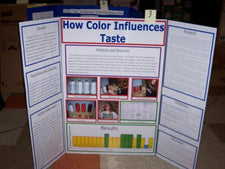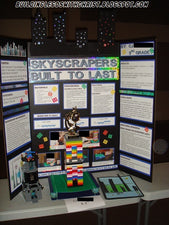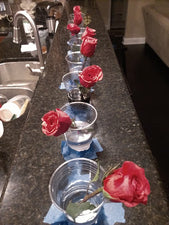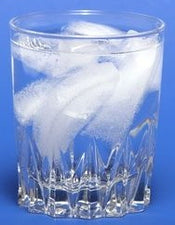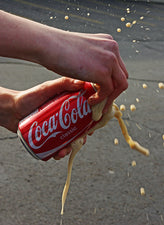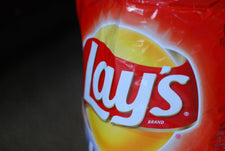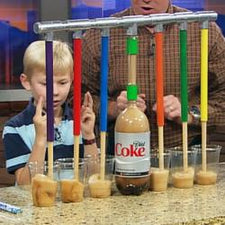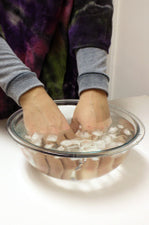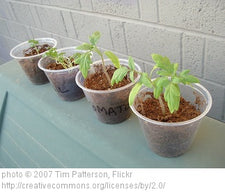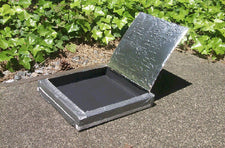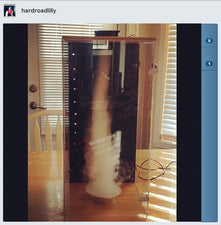How Clean is the Air You Breathe?
 While it may seem to the naked eye that the air we breathe is clean and clear, the reality is, whether they're tiny particles or in gas form, most air pollutants are invisible. For those students interested in ecology and environmental science, this project from Alexa Bach McElrone, independent contributor to Education.com, is sure to make an interesting study!
While it may seem to the naked eye that the air we breathe is clean and clear, the reality is, whether they're tiny particles or in gas form, most air pollutants are invisible. For those students interested in ecology and environmental science, this project from Alexa Bach McElrone, independent contributor to Education.com, is sure to make an interesting study!
The best part is the project can be as simple or as complex as you make it. For younger students, the petroleum jelly sensor offers a great opportunity to check various areas in the neighborhood and community for the presence of particulate pollution. For older students, we highly recommend expanding the project to include a study of gas pollutants. If you're tech-/electronics-savvy, consider creating your own gas pollution sensors to measure carbon monoxide, diesel fumes, exhaust, etc. You can find a great tutorial for creating air quality balloons over at Instructables and there are plenty of other tutorials online as well!
As with many things, when it comes to air quality, looks can be deceiving. We're certain you and your classmates will be amazed at results of this project!
